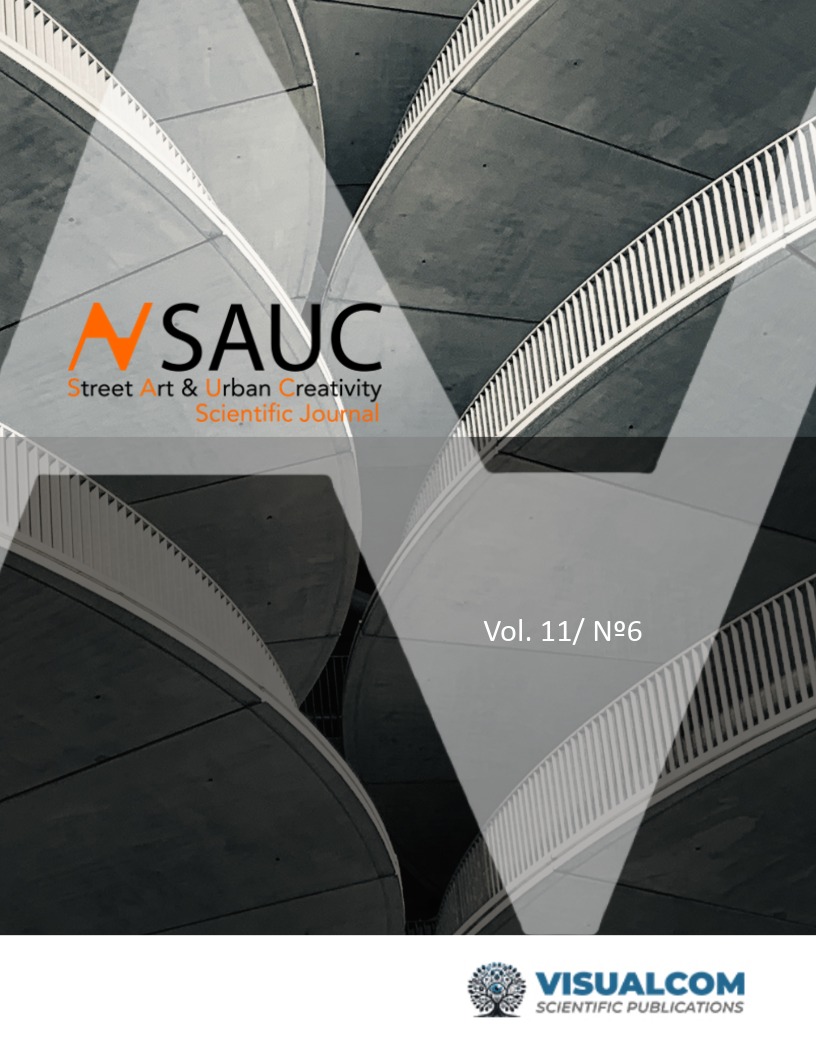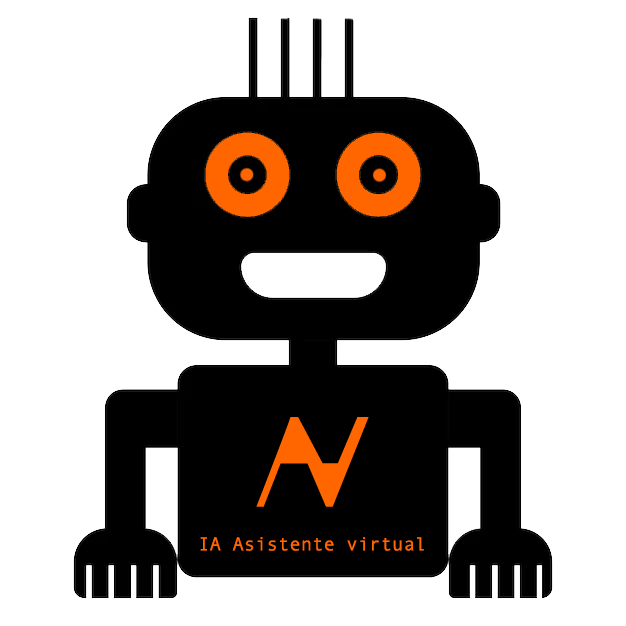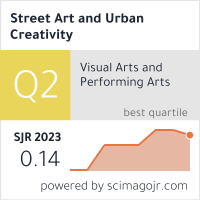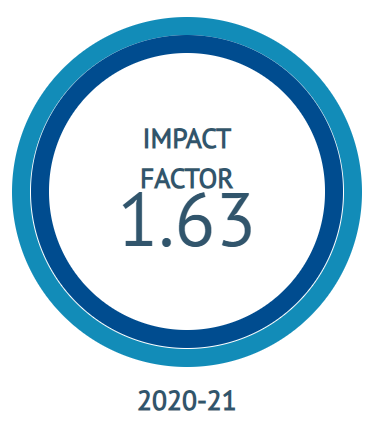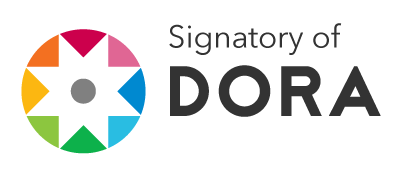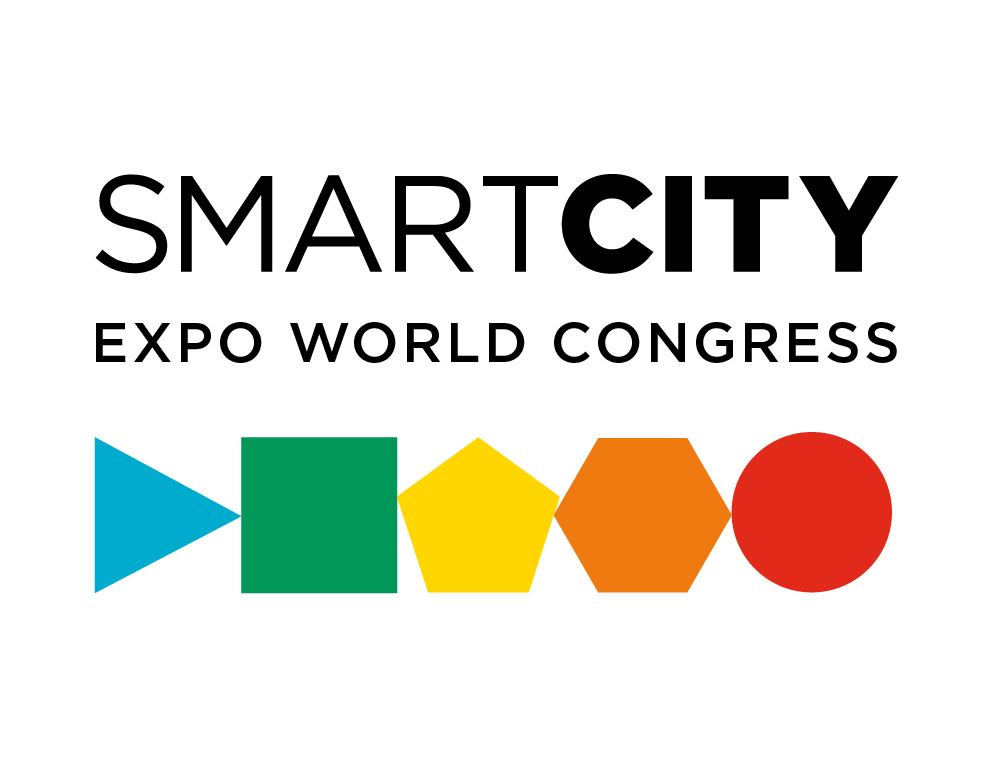Películas en Inglés como Recurso audiovisual para mejorar a Expresión oral
DOI:
https://doi.org/10.62161/sauc.v11.5847Palabras clave:
Películas en inglés, Recursos audiovisuales, Expresión oral, Idiomas, EFLResumen
Esta investigación fue llevada a cabo en una universidad pública de Ecuador, donde la intervención duró cuatro meses con profesores en prácticas de nivel B1, de veinte a treinta años. Este estudio pretendía explorar el efecto de utilizar recursos audiovisuales, como ver películas durante el tiempo libre de los estudiantes, para centrarse en el aprendizaje de vocabulario, mejorar la pronunciación y el desarrollo de la comprensión y la expresión oral. Se realizó una encuesta de quince preguntas para analizar los beneficios de esta actividad extraescolar, junto con las notas de campo. Los resultados evidenciaron que las películas eran un elemento atractivo, ya que proporcionaban una exposición al idioma original, conocimientos culturales, ampliación del vocabulario y ofrecían más oportunidades de escuchar la lengua real y comentar lo que observaban; los participantes se sentían más seguros al interactuar y participar en las clases mostrando sus progresos en comprensión auditiva y expresión oral.
Descargas
Estadísticas globales ℹ️
|
446
Visualizaciones
|
96
Descargas
|
|
542
Total
|
|
Citas
Albiladi, W. S., Abdeen, F. H., & Lincoln, F. (2018). Learning English through movies: Adult English language learners’ perceptions. Theory and Practice in Language Studies, 8(12), 1567–1574. https://doi.org/10.17507/tpls.0812.01 DOI: https://doi.org/10.17507/tpls.0812.01
Alolaywi, Y. (2023). Learning English from movies: An exploratory study. International Journal of Social Science and Human Research, 6(4), 1–12. https://doi.org/10.47191/ijsshr/v6-i4-43 DOI: https://doi.org/10.47191/ijsshr/v6-i4-43
Ariza, E., López, M., & Gómez, R. (2015). Limitations of the audio-lingual method in fostering communicative competence. Journal of Language Teaching and Research, 6(2), 235–240. https://doi.org/10.17507/jltr.0602.03 DOI: https://doi.org/10.17507/jltr.0602.03
Bailey, K. M., & Nunan, D. (2005). Practical English language teaching: Speaking. McGraw-Hill.
Brown, H. D. (2001). Teaching by principles: An interactive approach to language pedagogy (2nd ed.). Longman.
Celce-Murcia, M., Brinton, D. M., & Snow, M. A. (2015). Teaching English as a second or foreign language (4th ed.). National Geographic Learning/Cengage Learning.
Chaya, P., & Inpin, B. (2020). Effects of integrating movie-based mobile learning instruction for enhancing Thai university students’ speaking skills and intercultural communicative competence. English Language Teaching, 13(7), 27–45. https://doi.org/10.5539/elt.v13n7p27 DOI: https://doi.org/10.5539/elt.v13n7p27
Cohen, L., Manion, L., & Morrison, K. (2005). Research methods in education (5th ed.). Routledge Falmer. https://download.garuda.kemdikbud.go.id/article.php?article=1564657&val=3924&title=Improving%20Speaking%20Sub-Skills%20by%20Using%20The%20Attention%20Relevance%20Confidence%20and%20Satisfaction%20ARCS%20Model
Creswell, J. W. (2011). Educational research: Planning, conducting, and evaluating quantitative and qualitative research (4th ed.). Pearson.
Derwing, T. M., & Munro, M. J. (2015). Pronunciation fundamentals: Evidence-based perspectives for L2 teaching and research. John Benjamins Publishing Company. DOI: https://doi.org/10.1075/lllt.42
Diharjo, W., Sani, D. A., & Arif, M. F. (2020). Game edukasi Bahasa Indonesia menggunakan metode Fisher-Yates shuffle pada genre puzzle game. Journal of Information Technology, 5(2), 23–35. https://doi.org/10.29103/tts.v6i2.24102 DOI: https://doi.org/10.31284/j.integer.2020.v5i2.1171
Foers, J. J. (2011). The essential TEFL book. Woodside House.
Fu, J. S., Yang, S.-H., & Yeh, H.-C. (2022). Exploring the impacts of digital storytelling on English as a foreign language learners’ speaking competence. Journal of Research on Technology in Education, 54(5), 679–694. https://doi.org/10.1080/15391523.2021.1911008 DOI: https://doi.org/10.1080/15391523.2021.1911008
Gay, L., Mills, G., & Airasian, P. (2012). Educational research: Competencies for analysis and applications (10th ed.). Pearson.
Gilmore, A. (2007). Authentic materials & authenticity in foreign language learning. Tokyo University. DOI: https://doi.org/10.1017/S0261444807004144
Harmer, J. (2005). How to teach English (2nd ed.). Longman.
Harmer, J. (2015). How to teach English (2nd ed.). Pearson.
Hassen, R. (2016). Using movies in EFL classrooms: A study conducted at the English Language Institute (ELI), King Abdul-Aziz University. English Language Teaching, 9(3), 248–257. DOI: https://doi.org/10.5539/elt.v9n3p248
Larsen-Freeman, D. (2014). Teaching grammar. En M. Celce-Murcia, D. Brinton, & M. A. Snow (Eds.), Teaching English as a second or foreign language (4th ed., pp. 256–270). Cengage Learning.
Lewis, M. C. (1975). The teaching of English as a foreign language in ten countries. Almqvist & Wiksell International.
Ludke, K. M., Ferreira, F., & Overy, K. (2014). Singing can facilitate foreign language learning. Memory & Cognition, 42(1), 41–52. https://doi.org/10.3758/s13421-013-0342-5 DOI: https://doi.org/10.3758/s13421-013-0342-5
Kamola, S., & Feruza, M. (2021). Advantages and disadvantages of the audio-lingual method in teaching. ACADEMICIA: An International Multidisciplinary Research Journal, 11(4), 1–6. https://doi.org/10.5958/2249-7137.2021.01190.3 DOI: https://doi.org/10.5958/2249-7137.2021.01190.3
Katemba, C., & Ning, W. (2018). Students’ responses in enhancing new vocabulary. Journal of English Language Pedagogy, Literature, and Culture, 3(1), 45–70. DOI: https://doi.org/10.35974/acuity.v3i1.623
Kothari, C. R. (2004). Research methodology: Methods and techniques (2nd ed.). New Age International.
Krashen, S. D. (1987). Principles and practice in second language acquisition. Prentice-Hall International.
Krashen, S. D. (2013). The natural approach: Language acquisition in the classroom. Alemany Press.
Lee, S. (2018). Speaking skills development in second language acquisition. Language Learning Research, 28(3), 112–125. https://doi.org/10.23857/pc.v7i7
Martínez Isaza, J. Y., Suárez Zuluaga, A. M., & Toro López, V. M. (2013). The use of authentic videos for listening comprehension in a private school in Pereira. https://core.ac.uk/download/71397429.pdf
Muliyah, P., Aminatun, D., Hakim, L. N., & Septiana, L. (2021). Monkey stories: A new media for digital English learning. The 1st International Conference on Language Linguistic Literature and Education (ICLLLE).
Nation, I. S. P. (2013). Learning vocabulary in another language (2nd ed.). Cambridge University Press. DOI: https://doi.org/10.1017/CBO9781139858656
Nation, I. S. P., & Newton, J. (2009). Teaching ESL/EFL listening and speaking. Routledge. DOI: https://doi.org/10.4324/9780203891704
Nurmala, S., & Aminatun, D. (2021). Students’ perception on the use of English movies to improve vocabulary mastery. Journal of English Language Teaching and Learning, 2(1), 16–22. https://doi.org/10.33365/JELTL.V2I1.757 DOI: https://doi.org/10.33365/jeltl.v2i1.757
Puspaningtyas, N. D., & Ulfa, M. (2020). Improving students’ learning outcomes in blended learning through the use of animated video. Kalamatika: Jurnal Pendidikan Matematika, 5(2), 133–142. https://doi.org/10.22236/KALAMATIKA.vol5no2.2020pp133-142 DOI: https://doi.org/10.22236/KALAMATIKA.vol5no2.2020pp133-142
Rabiah, S. (2012). Language as a tool for communication and cultural reality disclosure. Rethinking, 1–11. Universitas Muhammadiyah.
Rashdan, S. U., Johar, E. M., Mohamad, F., & Kadir, Z. A. (2023). English films and their effects on development of productive and receptive skills: Beyond classroom exposure. International Journal of Linguistics, 5, 12–29. https://doi.org/10.5296/ijl.v15i5.21325 DOI: https://doi.org/10.5296/ijl.v15i5.21325
Richards, J. C., & Renandya, W. A. (2002). Methodology in language teaching: An anthology of current practice. Cambridge University Press. DOI: https://doi.org/10.1017/CBO9780511667190
Rudolf, F. (2022). Movies as an authentic input in L2 speaking class: A dynamic usage-based approach in EFL teaching in Indonesia. International Journal of Language Education, 6(1), 1–9. https://doi.org/10.26858/ijole.v6i1.20196 DOI: https://doi.org/10.26858/ijole.v6i1.20196
Setter, J., & Jenkins, J. (2005). Teaching English pronunciation: A state-of-the-art review. Language Teaching, 38(1), 1–17. https://doi.org/10.1017/S026144480500251X DOI: https://doi.org/10.1017/S026144480500251X
Schmitt, N. (2008). Review article: Instructed second language vocabulary learning. Language Teaching Research, 12(3), 329–363. https://doi.org/10.1177/1362168808089921 DOI: https://doi.org/10.1177/1362168808089921
Schutz, P. A. (2014). Inquiry on teachers’ emotion. Educational Psychologist, 49(1), 1–2. https://doi.org/10.1080/00461520.2013.864955 DOI: https://doi.org/10.1080/00461520.2013.864955
Skehan, P. (2009). Modelling second language performance: Integrating complexity, accuracy, fluency, and lexis. Applied Linguistics, 30(4), 510–532. https://doi.org/10.1093/applin/amp048 DOI: https://doi.org/10.1093/applin/amp047
Sweet, H. (1899). The practical study of languages. Oxford University.
Terrell, T. D. (1977). A natural approach to second language acquisition and learning. Modern Language Journal, 61(7), 325–336. https://doi.org/10.1111/j.1540-4781.1977.tb03904.x DOI: https://doi.org/10.2307/324551
Thanajaro, M. (2000). Using authentic materials to develop listening.
Thornbury, S. (2005). How to teach speaking. Pearson Education.
Walay, A. G. (2022). Use of English movies as a pedagogical tool in learning English language. International Journal of Arts, Sciences and Education, 3(1), 39–56. https://www.ijase.org/index.php/ijase/article/view/125
Yulianto, F., Utami, Y. T., & Ahmad, I. (2019). Game edukasi pengenalan buah-buahan bervitamin C untuk anak usia dini. Jurnal Nasional Pendidikan Teknik Informatika: JANAPATI, 7(3), 242–252. https://doi.org/10.23887/janapati.v7i3.15554 DOI: https://doi.org/10.23887/janapati.v7i3.15554
Descargas
Publicado
Cómo citar
Número
Sección
Licencia
Derechos de autor 2025 Los autores/as conservan los derechos de autor y ceden a la revista el derecho de la primera publicación y el derecho de edición

Esta obra está bajo una licencia internacional Creative Commons Atribución-SinDerivadas 4.0.
Los autores/as que publiquen en esta revista aceptan las siguientes condiciones:
- Los autores/as conservan los derechos de autor.
- Los autores/as ceden a la revista el derecho de la primera publicación. La revista también posee los derechos de edición.
- Todos los contenidos publicados se regulan mediante una Licencia Atribución/Reconocimiento-SinDerivados 4.0 Internacional. Acceda a la versión informativa y texto legal de la licencia. En virtud de ello, se permite a terceros utilizar lo publicado siempre que mencionen la autoría del trabajo y a la primera publicación en esta revista. Si transforma el material, no podrá distribuir el trabajo modificado.
- Los autores/as pueden realizar otros acuerdos contractuales independientes y adicionales para la distribución no exclusiva de la versión del artículo publicado en esta revista (p. ej., incluirlo en un repositorio institucional o publicarlo en un libro) siempre que indiquen claramente que el trabajo se publicó por primera vez en esta revista.
- Se permite y recomienda a los autores/as a publicar su trabajo en Internet (por ejemplo en páginas institucionales o personales), una vez publicado en la revista y citando a la misma ya que puede conducir a intercambios productivos y a una mayor y más rápida difusión del trabajo publicado (vea The Effect of Open Access).

